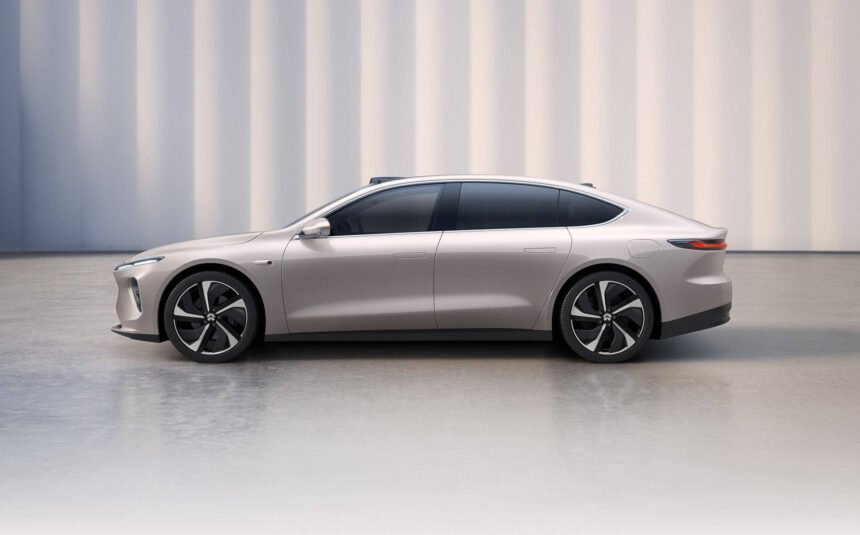The latest research from TrendForce sheds light on the advancements of semi-solid state batteries, a promising technology that combines the benefits of traditional liquid electrolyte batteries and solid-state batteries. While these batteries entered trial production before 2020, challenges such as high production costs and limited technological maturity have hindered their widespread adoption in electric vehicles (EVs).
Despite these obstacles, TrendForce predicts that global automakers will progressively incorporate semi-solid state batteries into their EV models, projecting a market penetration of over 1% by 2027. Chinese automakers have taken the lead in integrating this technology into their EVs, with companies like Ganfeng Lithium, Farasis Energy, and WeLion New Energy achieving GWh-level mass production in recent years.
In 2022, the global usage of semi-solid state batteries in EVs was still below 2 GWh, accounting for less than 0.5% penetration. While some Chinese EV models like IM L6, NIO ET7, Seres 5, DongFeng Aeolus E70, and Voyah Passion have featured semi-solid state batteries, consumer acceptance has been limited. Notably, no mass-produced EV models with these batteries have been launched outside of China, but TrendForce anticipates a broader global rollout post-2025.
Compared to all solid-state batteries, semi-solid state batteries are closer to commercialization due to their semi-solid electrolytes and small liquid electrolyte content. This enables them to incorporate high-energy density active materials for longer EV driving ranges. However, they still lag behind traditional liquid electrolyte batteries in cost, charge/discharge efficiency, and cycle life. Advancements in cost reduction and performance optimization are vital for wider adoption.
The future of semi-solid state batteries in EVs holds promise, with ongoing developments expected to address current challenges and enhance their viability as a mainstream battery technology. As global automakers continue to explore and implement these batteries in their EV offerings, the market is poised for growth and innovation in the coming years.







